#robots and cyborgs
Explore tagged Tumblr posts
Note
Have you seen Robots & Lace? Looks like your aesthetic.
ooo these are rather good
maybe a little penetration/big buff guys & small skinny women-focused for my taste - but i'm always glad to see nsfw artists having a good time sticking their OCs into each other in various configurations, and the drawings are undoubtedly really good. strong shapes, poses, and use of colour throughout. I salute this robotfucker on both a fetish level and a technical one!
thanks for sending me this way!! i'm delighted that i have a 'good person to send robot porn to' vibe :]
12 notes
·
View notes
Text

Self-Awareness by Katsuhiro Õtomo
#artificial intelligence#self awareness#android#futurism#cyberpunk#technology#science fiction#robots#reflection#mirror#sci fi#art#transhumanism#drawing#cyborg#robot#singularity#m. c. escher
8K notes
·
View notes
Text



Ghost in the Shell (1995)
#ghost in the shell#gits#gits 1995#anime#scifi anime#anime edit#cyberpunk anime#gif#anime gif#cyberpunk aesthetic#robotics#cyborg#cybernetics#gifset#japanese anime#hong kong#major kusanagi#1990s#90s#90s anime
8K notes
·
View notes
Text
#196#worldbuilding#writing#my writing#fantasy#my worldbuilding#urban fantasy#cyborg#robot#vampirism#vampyr#vampcore#vampire#vampires#werewolf#werewolves#lycanthropy#aliens#alien#AI#demons#demon#polls#my polls#tumblr polls#random polls#faries#fae#faerie#fae folk
18K notes
·
View notes
Text
EDIT: 1/1/24: turning off reblogs for this because it's made my activity page fucking hell.
The poll is over, and I'm exhausted with explaining to people over and over again that my fantasies exist outside of capitalism and that i am in fact quite aware of the current moment re: technology and intellectual property.
It's was fun, but now it's not, so it goes bye-bye.
P.S. I am genuinely sorry for forgetting to add "spine" as an option.
23K notes
·
View notes
Text
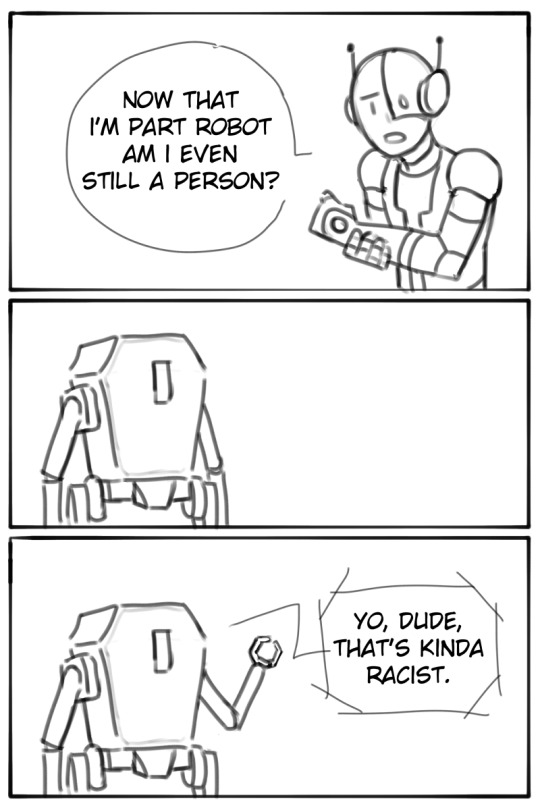
a cyborg and a robot having a conversation about sapience
1K notes
·
View notes
Text





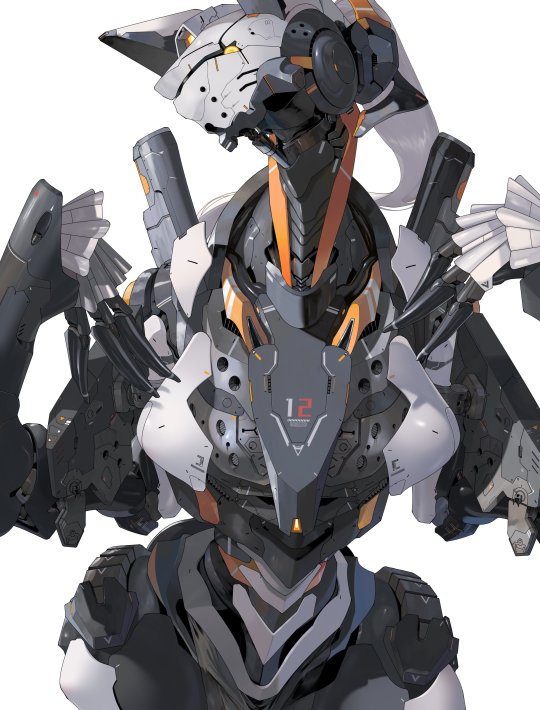
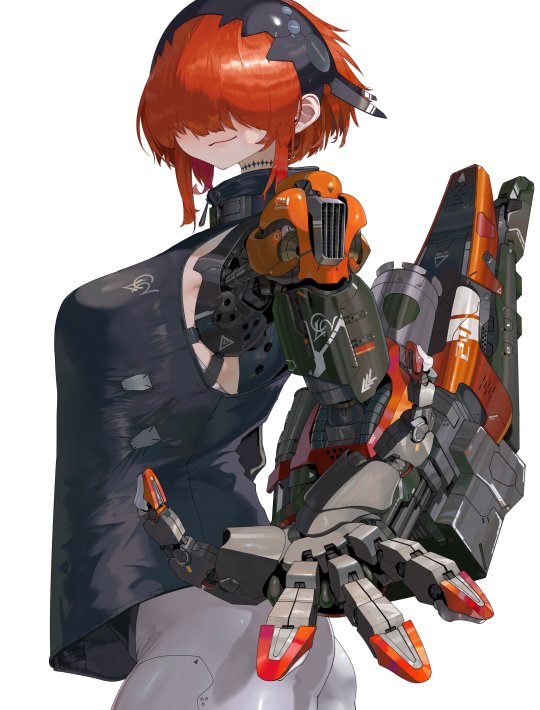









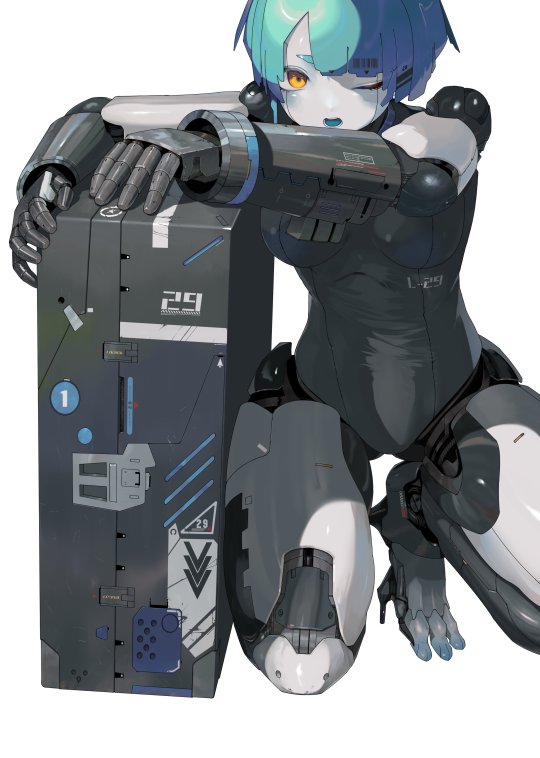
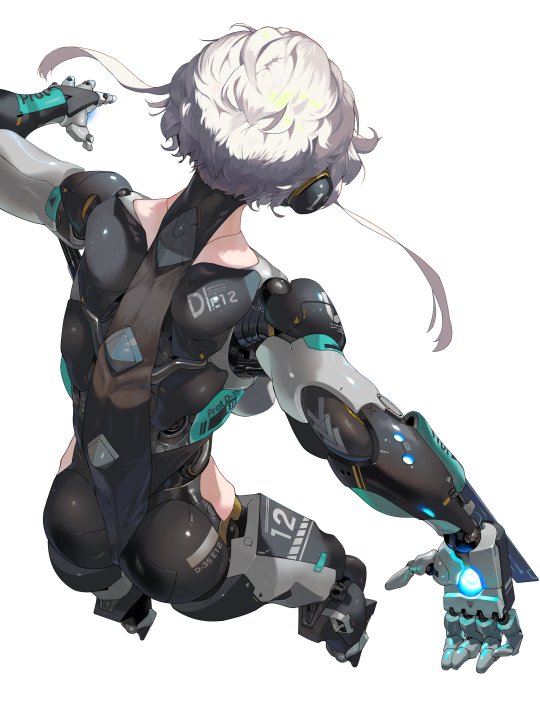

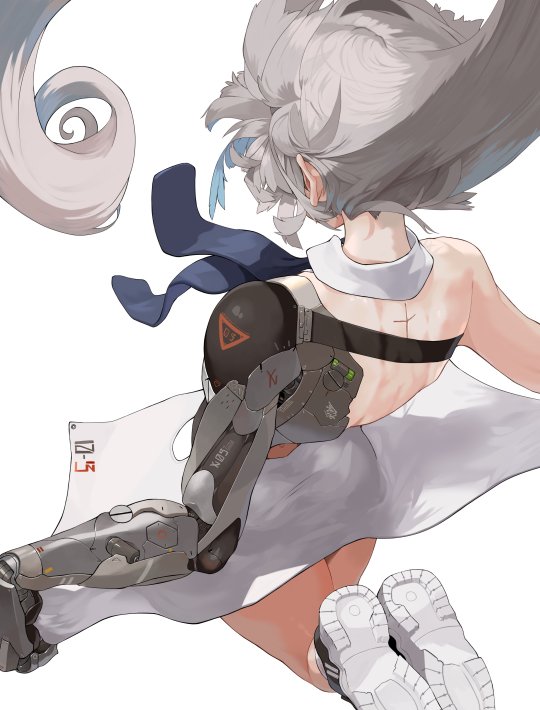
by ゆにまる@YU2MARU
#Original#robot#robot girl#cyborg#android#don't worry this artist doesn't do ai. They've been drawing machinery for a long time#long post
2K notes
·
View notes
Text
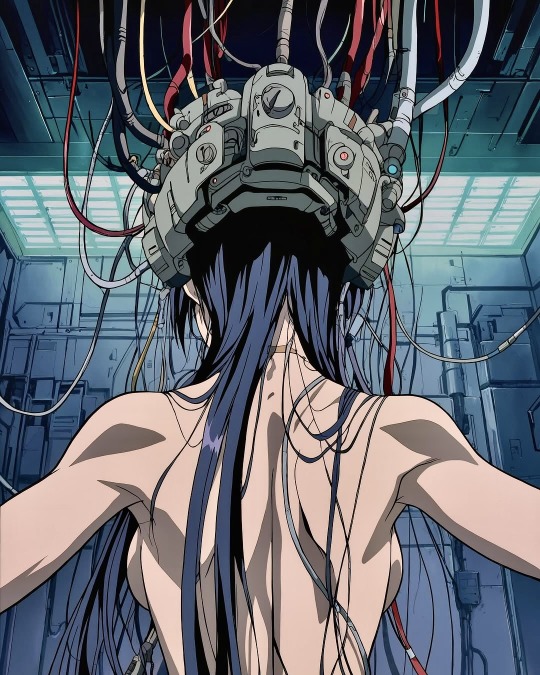
2K notes
·
View notes
Text

#dark#dark aesthetic#AI#robots#artificial intelligence#drawing#digital drawing#art#artist#future#aesthetic#cyberpunk aesthetic#cyberpunk art#cyberpunk#cyberpunk 2077#cyborg#cybercore
2K notes
·
View notes
Note
Sukabu has two short manga posted on pixiv, have you read them ? They're pretty cute
for reference: [DISC] [TOWEL]
I have not read them, tysm for the heads up! This is going to be a real challenge to my Japanese reading ngl, but I'll give that a shot before I go looking for scanlations ^^
Even at a glance it's great seeing Sukabu's meticulous sense of form in a longer form work tho
4 notes
·
View notes
Text
"The Robot Who Dreams" by Phillipe Caza

#android#robots#science fiction#isaac asimov#art#artificial intelligence#futurism#transhumanism#dreams#sci fi#cyberpunk#robot#androids#cyborg#singularity#technology#space#dream
7K notes
·
View notes
Text
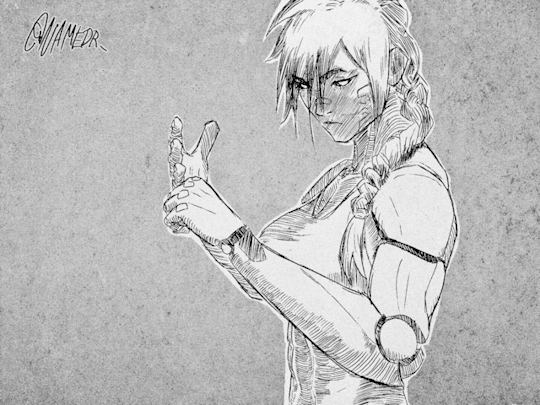
8K notes
·
View notes
Text


Ghost in the Shell (1995)
#ghost in the shell#gits#gits 1995#anime#scifi anime#anime edit#cyberpunk anime#gif#anime gif#cyberpunk aesthetic#robotics#cyborg#cybernetics#gifset#japanese anime#hong kong#major kusanagi#1990s#90s#90s anime
3K notes
·
View notes
Text
#trans#transhumanism#transformation#transgender#trans rights#enby#nonbinary#non binary#queer#agender#vampires#vampire#vampirism#wizard#worlock#196#r 196#cyborg#robot#ai#andriod#robotgirl#eldrich horror#eldritch#cosmic horror#demons#demon#fallen angel#werewolves#werewolf
20K notes
·
View notes
Text
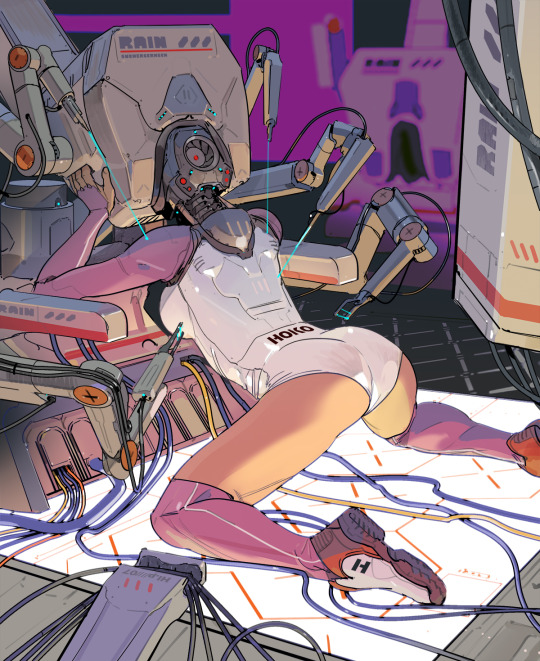
Whispering secret data.
#lab#machine#automation#robotics#cyberpunk#retro#scifi#stuck#laboratory#farm#android#cyborg#data#secret#whisper#illustration#drawing#digitalartwork#digitaldrawing#digitalart#digitalillustration#90s#cables#machinelearning#connection#ring#runner#net#flesh
5K notes
·
View notes
Text
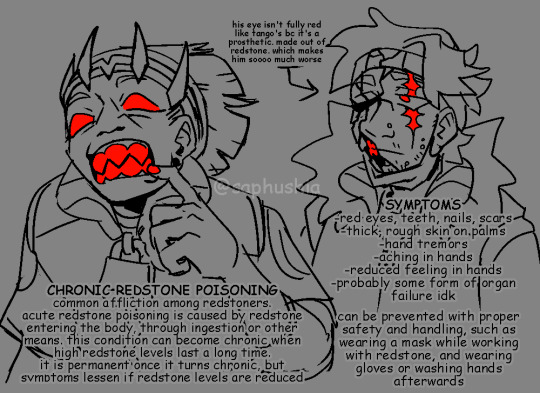
speaking of fucked up hermits. i made up a chronic illness for redstoners 👍
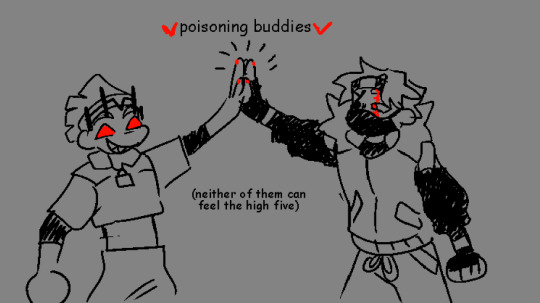
most of the other hermits have enough other fucked up shit going on with them that cancels out the redstone poisoning, so tango and etho are the ones with the worst of it. zed is susceptible to redstone poisoning too but he's a good boy and washes his hands so he's okay
#i think i posted abt this b4 but whatever. more lore for u#also eefo scruff <3#fully believe he doesn't bother to shave regularly bc he's always wearing that mask so what's the point#looking at the other redstoners on the server like. robot. creeper that eats redstone for breakfast.#cyborg that has built in redstone filters. cubfan. guy without a body. robot.#hermitcrap#ethoslab#tangotek#art#fanart
4K notes
·
View notes